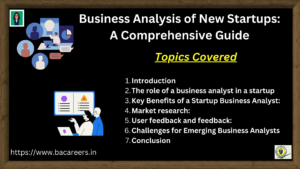Conducting project workshops in computer engineering
Project management is an important part of any software development project. This helps define and manage what is and is not included in the project, and ensures that stakeholders have a clear understanding of the project objectives. In software engineering, project management is very important because software projects are complex, with many components, teams, and deliverables. Scope management ensures that the project stays on track, avoids unnecessary changes, and achieves its goals within the specified time and budget constraints.
Continue reading “Project Scope Management in Software Engineering”

Business Analyst , Functional Consultant, Provide Training on Business Analysis and SDLC Methodologies.



